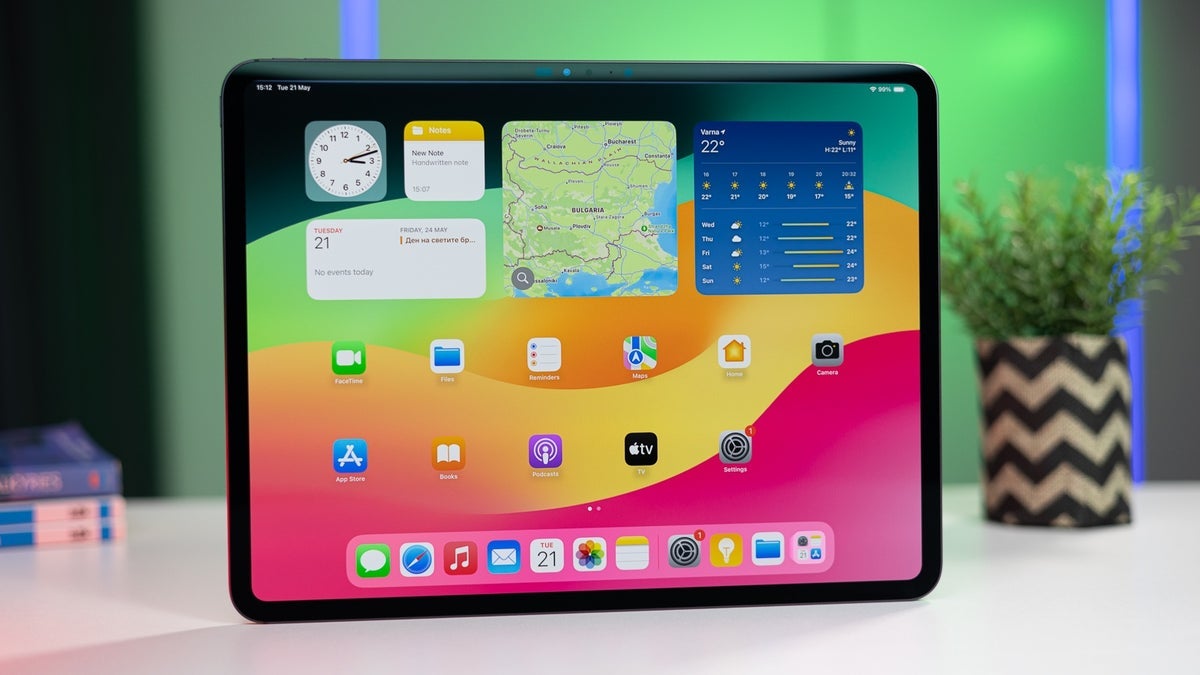The number of 11-inch and 13-inch panels shipped for the M4-powered iPad Pro is now expected to fall below expectations. Young is reducing his estimate of the panel shipments from 10 million units to 6.7 million which is a substantial 33% decline. Preliminary figures for Q3 show a 40% decline in shipments of both OLED panel sizes for the M4-powered iPad Pro. This drop will continue during Q4 with an expected 30% drop.
The larger 13-inch panels are seeing the biggest decline in deliveries with a 50% drop forecast for Q3 followed by a whopping 90% or more decline expected during Q4. Young says that after a large number of OLED panels were shipped during the second quarter of this year to satisfy demand for the 11-inch and 13-inch tablets from early adapters, purchases of the M4-powered iPad Pro have shriveled up.

The number of OLED panels shipped to Apple for M4-powered iPad Pro production has been declining sharply. | Image credit-DSCC
Young gives several reasons why there has been a drop off in demand for the tablets starting with their prices. With pricing at $999 and $1,299 for the 11-inch and 13-inch models respectively, he says that for a device that is traditionally complementary to a smartphone, the prices are high. Additionally, tablets have a long life on consumers’ desks and aren’t upgraded so often. The OLED panels and M4 chipset are not enough to get owners of older iPad Pro models to trade them in for the latest iteration of the device.
The weaker demand could also lead Apple to delay equipping the iPad Air tablets with an OLED display. The move from that line’s current LCD panels to OLED could be pushed back by a year or longer.
